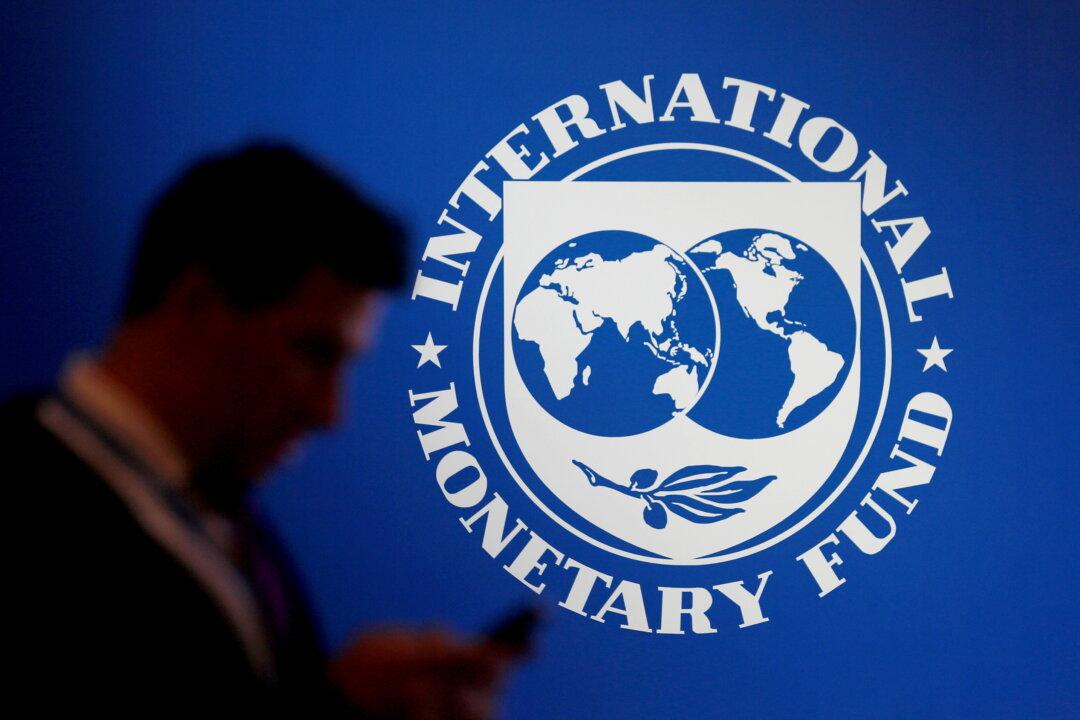The U.S. economy had the highest level of inflation in 2021 among Organization for Economic Cooperation and Development (OECD) countries, according to recent OECD data.
The annual growth rate in the U.S. consumer price index (CPI) totaled 6.2 percent in the 12 months ending in October, higher than the OECD average of 5.2 percent.





